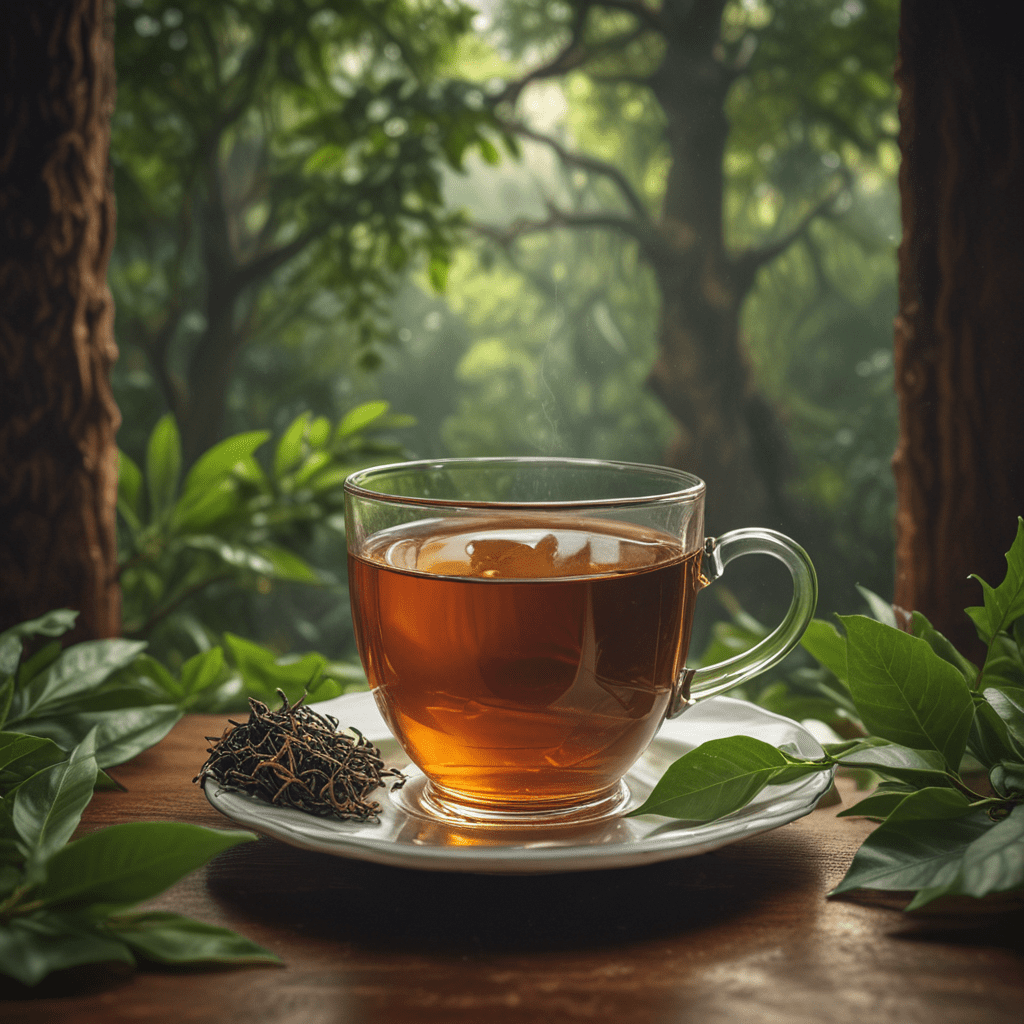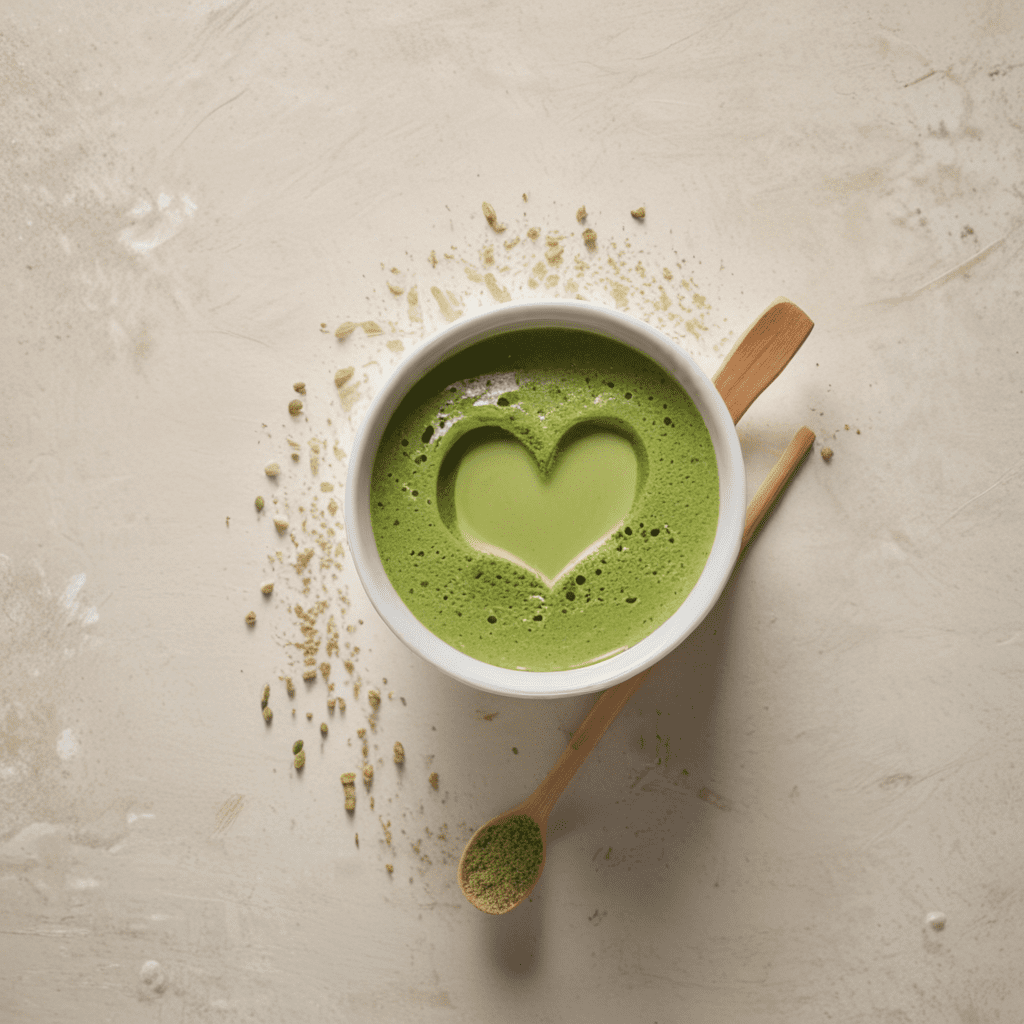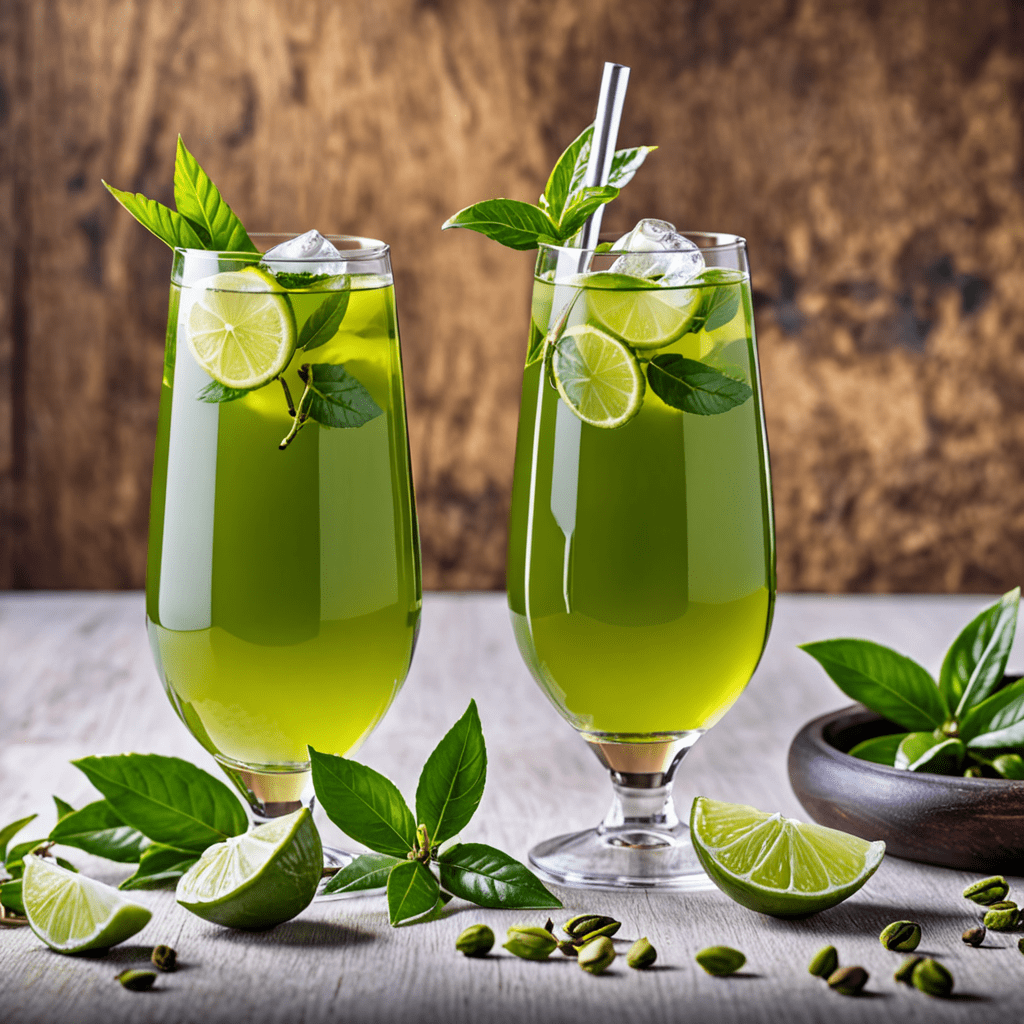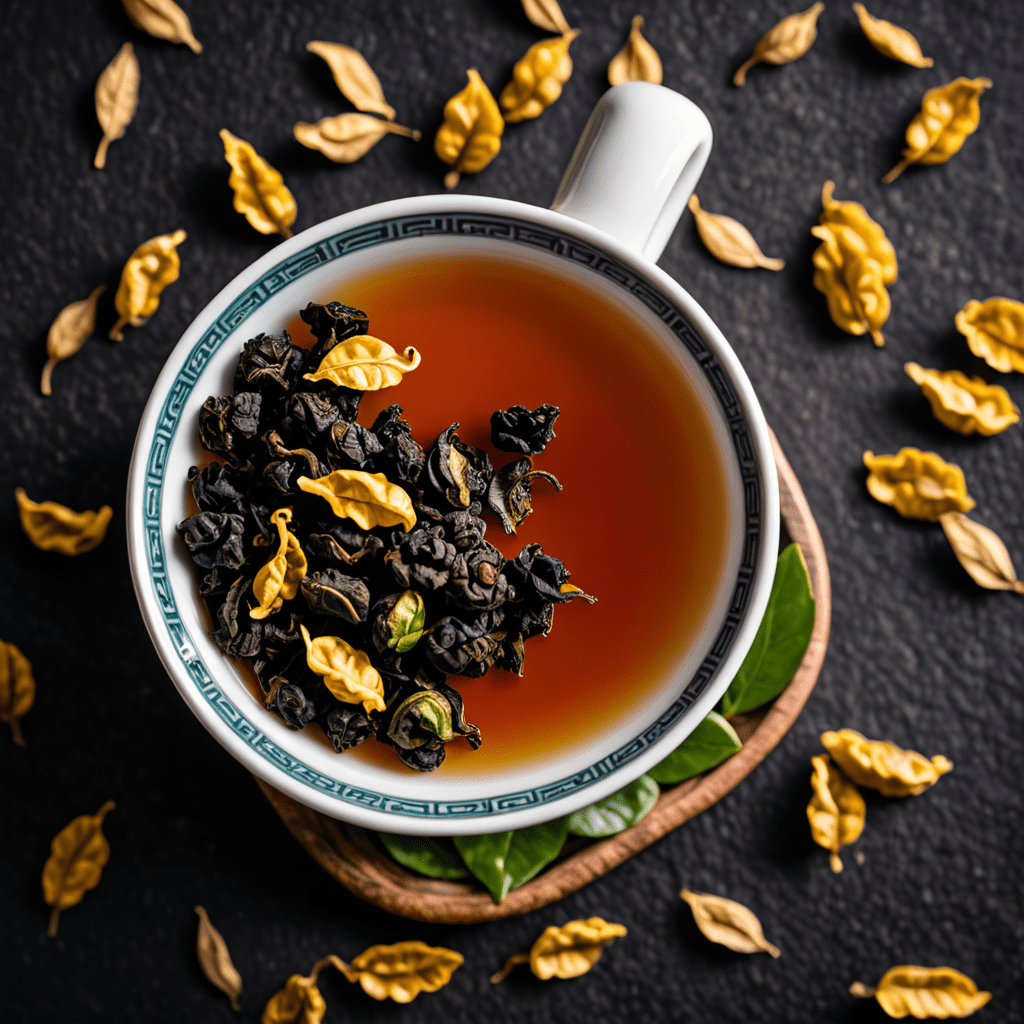
Celebrating Ceylon Tea Heritage: Exploring Tea Traditions
Historical Roots of Ceylon Tea
Ceylon tea, renowned for its rich flavor and vibrant history, has its origins deeply intertwined with the island nation of Sri Lanka, formerly known as Ceylon. The introduction of tea to Ceylon in the 19th century marked a significant turning point in the country's agricultural and economic landscape. British colonial rule played a pivotal role in establishing tea plantations and developing the infrastructure necessary for the cultivation and export of Ceylon tea.
The Role of British Colonialism
Beginning in the 1840s, British planters saw the potential of Ceylon's fertile soil and favorable climate for tea cultivation. They cleared vast tracts of land, primarily in the central highlands, and established sprawling tea estates. The introduction of tea plants from China and India laid the foundation for the development of a thriving tea industry in Ceylon. British colonial policies, such as the introduction of indentured labor from South India, further shaped the labor dynamics and social fabric of the tea estates.
The Tea Estates: A Legacy of Landscapes
The rolling hills and lush greenery of Ceylon's tea estates are a testament to the enduring legacy of the tea industry. These sprawling plantations, often spanning thousands of acres, are not merely agricultural enterprises but also beautiful landscapes that have become synonymous with the island's identity. The tea estates, with their manicured bushes and intricate irrigation systems, have played a significant role in shaping the topography and ecology of Ceylon's central highlands.
The Tea Harvesting Process: Skilled Hands
Tea harvesting is a delicate process that requires skilled hands and a keen eye for quality. Traditionally, tea leaves are plucked by hand, a practice that has been passed down through generations of tea pluckers. The harvesters selectively pick the two youngest leaves and a bud from each tea bush, ensuring that only the finest leaves are used in the production of Ceylon tea. The harvesting season, typically spanning from March to November, is a time of great activity on the tea estates.
Tea Processing: Art and Science
Once harvested, the tea leaves undergo a series of meticulous processing steps to transform them into the aromatic and flavorful beverage we know and love. The processing methods vary depending on the desired type of tea, whether it be black, green, or white. Black tea, the most common type, undergoes a process of withering, rolling, oxidation, and drying, which brings out its characteristic dark color and robust flavor. Green and white teas, on the other hand, are processed differently to preserve their delicate flavors and higher antioxidant content.
6. Grading and Blending: Precision and Experience
Once processed, Ceylon tea undergoes a rigorous grading process. The leaves are sorted by size, shape, and quality. This grading system helps ensure that only the finest teas are exported under the prestigious Ceylon Tea brand. Blending is another crucial step that allows for the creation of distinct flavors and aromas. Expert tea tasters carefully combine different grades of tea to produce unique blends that cater to various preferences.
7. The Ritual of Tea Drinking: Etiquette and Enjoyment
In Sri Lanka, tea drinking is not merely a beverage but a deeply ingrained cultural tradition. The ritual of tea-making and serving involves meticulous preparation and etiquette. Freshly brewed Ceylon tea is often offered to guests as a gesture of hospitality and is enjoyed throughout the day. Whether it's a refreshing morning cuppa or a relaxing evening brew, Ceylon tea is synonymous with shared moments and conversations.
8. Tea Gardens: Tranquil Havens
Nestled amidst the verdant hills, the tea estates also house beautiful tea gardens. These tranquil havens offer visitors the opportunity to immerse themselves in the world of Ceylon tea. Guided tours provide insights into the cultivation, harvesting, and processing methods. Visitors can stroll amidst the lush tea bushes, savor freshly brewed tea, and admire the picturesque landscapes that have made Ceylon tea famous worldwide.
9. Tea Culture in Sri Lanka: A National Identity
Ceylon tea is deeply intertwined with the cultural fabric of Sri Lanka. It is a source of national pride and holds a significant place in the country's economy, contributing to its reputation as a producer of high-quality teas. The love for Ceylon tea extends beyond the island nation, as it is exported to over 100 countries, delighting tea enthusiasts worldwide.
10. Preserving the Tea Heritage: Sustainable Practices
Recognizing the importance of sustainability, the Ceylon tea industry has implemented ethical and environmentally conscious practices to preserve its legacy for future generations. Many tea estates have adopted organic and sustainable farming methods, reducing their environmental impact and ensuring the long-term health of the tea ecosystem. Fair trade practices also ensure that tea workers are treated ethically and receive a fair wage, contributing to the well-being of the local communities.
FAQ
1. What is the difference between black, green, and white tea?
Black tea is fully oxidized, resulting in its dark color and robust flavor. Green tea is minimally oxidized, preserving its delicate flavors and high antioxidant content. White tea is made from young, unopened leaf buds, giving it a light, floral taste.
2. How can I brew the perfect cup of Ceylon tea?
Use fresh, cold water and bring it to a boil. Add 1 teaspoon of Ceylon tea leaves per cup and let it steep for 3-5 minutes, depending on your desired strength. Strain the tea and enjoy it with or without milk or sugar.
3. What are the health benefits of Ceylon tea?
Ceylon tea is rich in antioxidants that may help protect against chronic diseases. It also contains caffeine, which can boost alertness and focus. Additionally, Ceylon tea has been linked to improved heart health and reduced inflammation.
4. Where can I purchase high-quality Ceylon tea?
Ceylon tea is widely available in supermarkets, tea shops, and online retailers. Look for brands that are certified by the Tea Board of Sri Lanka to ensure authenticity and quality.
5. How can I learn more about Ceylon tea?
There are numerous resources available online and in libraries that provide in-depth information about Ceylon tea, its history, cultivation, and processing. Additionally, visiting tea estates in Sri Lanka offers a hands-on experience and insights into the world of this iconic beverage.


